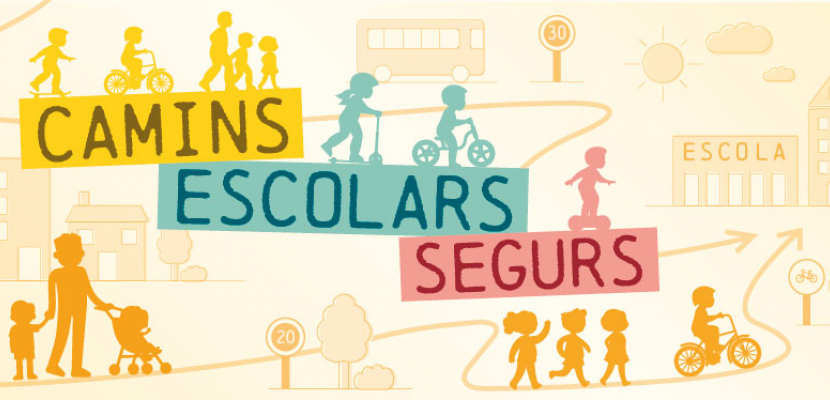Image

Methodology for safe routes to schools
Published on 28 February 2020

Spain
This is the good practice's implementation level. It can be national, regional or local.
About this good practice
Parents or other relatives drive children by car provoking congestions, poor air quality, noisy schools’ environment and children’s sedentary lifestyle, and it causes a decrease of safety. Therefore, there is the need to change mobility behaviour of children and their parents, acquire habits on sustainable mobility that will continue as adults, safer streets, healthier children, better air quality, less noise, less congestion, better children’s psychological and psychosocial development. This methodology is targeted to mainly children aged 8-12 years; secondly their parents, tutors and the rest of school community. In order to consolidate sustainable mobility habits there are two key factors necessary. Firstly, to test new behaviour (e.g.: go to school on foot, bike or by bus) and make positive experience. Secondly, to confirm this new behaviour as a habit by understanding the benefits of sustainable mobility from yourself and for the others. Four steps are required to develop this methodology. Firstly, the initiative. It can be from Parents’ associations/School or municipalities (SUMPS). There is a first meeting with the municipality, the school management team and parents school association. Then, a safe routes project that includes an evaluation/diagnosis (how children go/return to school and families’ opinion about the routes and different transport modes), as well as proposals on infrastructures, education and communication. And finally the implementation and evaluation.
Expert opinion
Encouraging active transport use by children is a good way of setting life-long behaviour, and schools can play a key role in this by supporting cycling and walking to schools. To be successful, parents need to be sure that their children will be safe, and need to be encouraged also to change their own behaviour. This methodology for determining safe routes to schools – bring together stakeholders (parents, schools, municipalities); evaluate current behaviour and determine which routes are mostly used; plan interventions to improve safety – can be widely copied and replicated across.
Works at
Interreg Europe Policy Learning Platform
Resources needed
1. To perfom safe routes to school project (3,000€ or more).
2. For hard and soft measures in school path.
3. Municipality: staff to lead, implement follow-up mesures, results evaluation and run communication campaigns.
4. School Associations.
2. For hard and soft measures in school path.
3. Municipality: staff to lead, implement follow-up mesures, results evaluation and run communication campaigns.
4. School Associations.
Evidence of success
A mesurable output is the increase mobility on foot, bike or bus in schools. In the case of Girona, there are 6 safe routes to schools done and two that are in process.
Thanks to the safe routes to school, there is a closer relationship between the municipality and the schools, within the municipality (interdepertmental sharing) and within the school.
Thanks to the safe routes to school, there is a closer relationship between the municipality and the schools, within the municipality (interdepertmental sharing) and within the school.
Potential for learning or transfer
There is big potential for transfering this activity to other areas and countries due to the fact that the frame conditions are the same, everywhere in Europe: steadily growing use of cars, steadily growing (or even high) degree of motorisation, tendency to a very passive-style of living especially among kids and a more increase of perceived dangerous trips to school ba parents.
Further information
Website
Good practice owner
You can contact the good practice owner below for more detailed information.
Organisation
Municipality of Girona

Spain
Cataluña
Contact
Financial and communication officer
